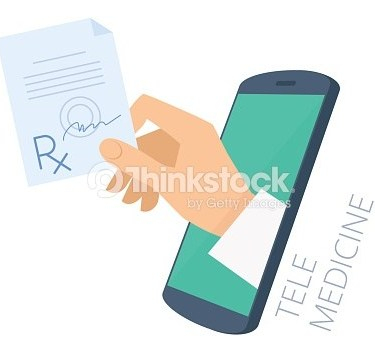Last week, the University of Arkansas for Medical Sciences received a three-year, $450,000 grant from the U.S. Department of Health and Human Services Administration for Community Living, in addition to the $75,000 annual gift they are receiving from the Arkansas Department of Health. The federal grant is to be applied to the University’s Traumatic Brain Injury State Partnership Program State Funding Opportunity. “Among the goals of the program… are incorporating telemedicine and other technologies into TBI services to survivors, raising awareness of clinical and educational services for survivors, caregivers and families…” Telemedicine increases healthcare access for all, particularly those is rural areas and others that cannot easily visit medical facilities, such as those with tbi who need aid in transportation.
Although it may seem to be a relatively modern invention, forms of telemedicine have been in existence since man could verbally communicate. The more modern view of telemedicine, involving both verbal and visual communication with the medic, was first seen in 1924 in, “an imaginative cover for the magazine Radio News foreshadowed telemedicine in its depiction of a ‘radio doctor’ linked to a patient not only by sound but also by a live picture.” Though at the time, the ideas of television and telemedicine were merely fantasies, the first television transmission occurred only 3 years later. Video communication between doctor and patient, however, is usually first dated to 1959. 1959 is also the year of the first neurologic examination through telemedicine, occurring at the University of Nebraska. Five years later, means to treat patients with brain injury and neurological disorders were found, as, “they established a telemedicine link… to provide speech therapy, neurological examinations, diagnosis of difficult psychiatric cases, case consultations, research seminars, and education and training.”
The above paragraph primarily comes from information in a 1996 article that can be found on the site of the National Academy of Sciences. In 1996, the government recognized that there was a vast need for telemedicine, since its envisionment to the present day. With both new technology and increased forms of communication, telemedicine has gone far above what could have been imagined 22 years ago. For example, a 71-page report penned by the Undersecretary of Defense to the House Chair of the Committee of Armed Services, states that, “the Department of Defense views telemedicine as an important set of tools to improve access to Psychological Health and TBI care services in both deployed and non-deployed settings. In June 2018, the FDA approved the distribution of MindMotion GO, a type of mobile therapy that focuses on speech and task therapies. As far as brain injury diagnosis, while CT scans and other such tests may need to occur at medical facilities, medical professionals are now using communication technology to diagnose another neurological disorder (autism) and to evaluate others (computerized concussion assessment).

